Bean Seed Cycle
Students explore how soybeans are grown by farmers, examine seed anatomy through a seed dissection activity, and observe the germination of a soybean plant.
Students explore how soybeans are grown by farmers, examine seed anatomy through a seed dissection activity, and observe the germination of a soybean plant.
Students categorize sources of basic agricultural products alphabetically.
Students discover that agricultural careers are interconnected and that agriculture influences many parts of their daily lives.
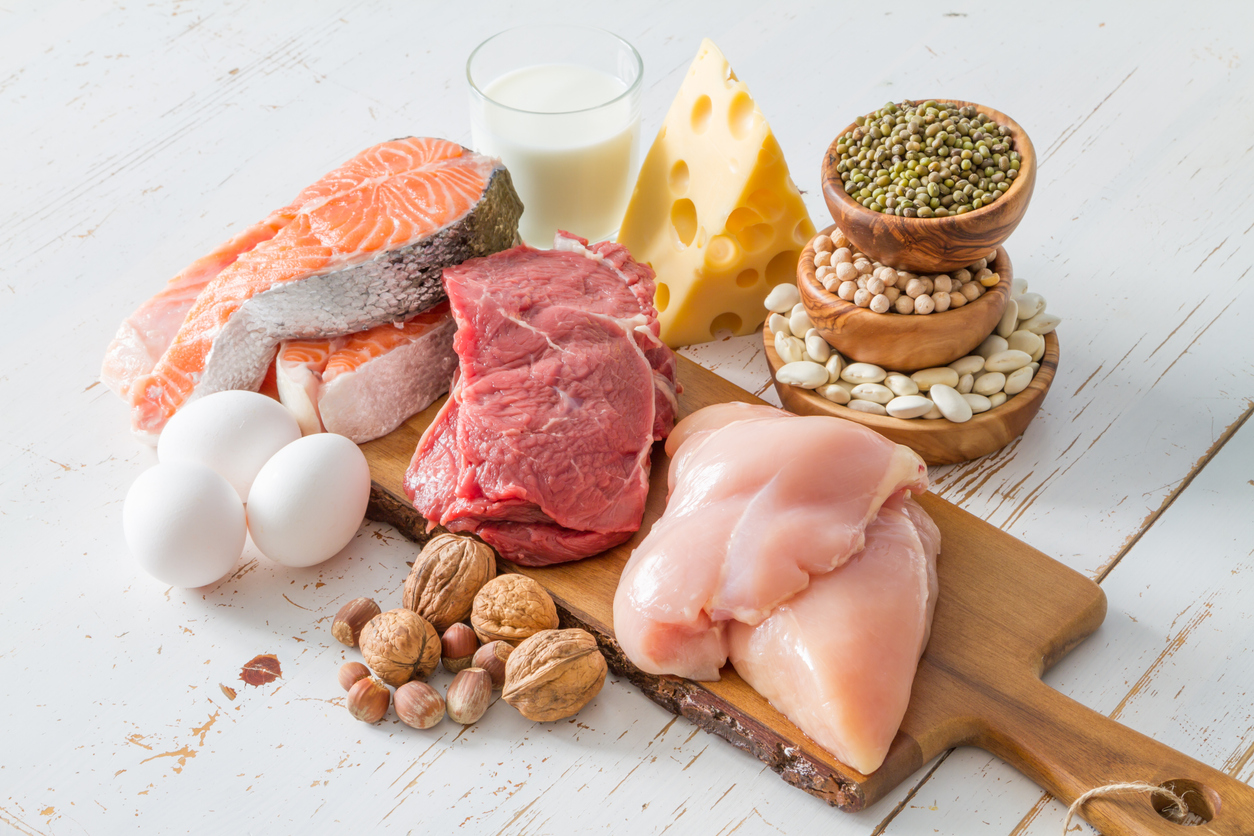
Students will examine dietary sources of protein and generally understand the relationship between protein synthesis and amino acids while completing an activity to use beads as a representation of amino acids to construct proteins (polypeptide chains). Students will identify complete and/or incomplete proteins found in both animal and plant food sources.
Students will compare and contrast milk and plant-based milk substitutes by learning their source from farm-to-table and discovering how they "stack-up" in nutritional value. Students will also explore food package labeling laws and consumer trends in milk consumption to think critically about the impact of labels in marketing and consumer perceptions of food.
Students will trace the energy and nutrition requirements of the human lifecycle from beginning to end and identify the physical and cognitive growth happening in each phase of life.
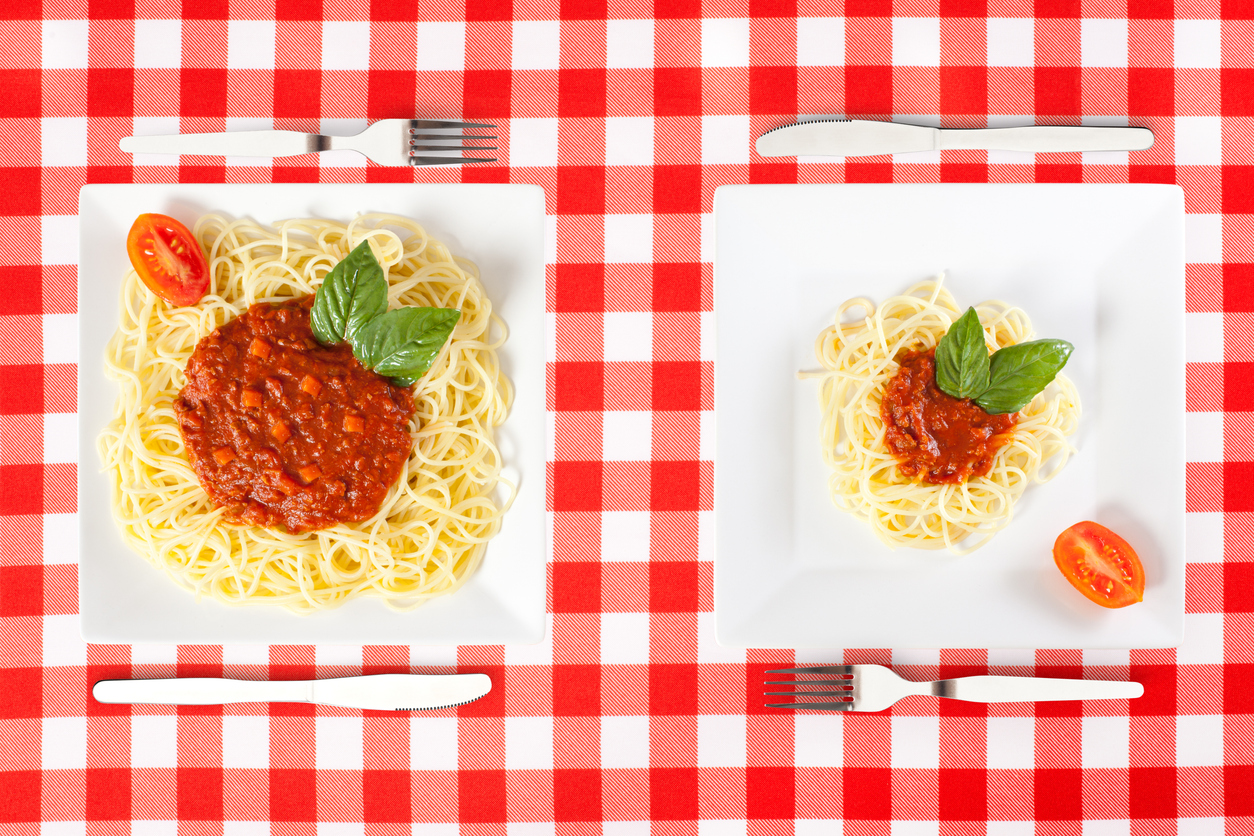
Students will explore appropriate serving size and learn how to make good dietary decisions by understanding the components of nutrition as illustrated by MyPlate.
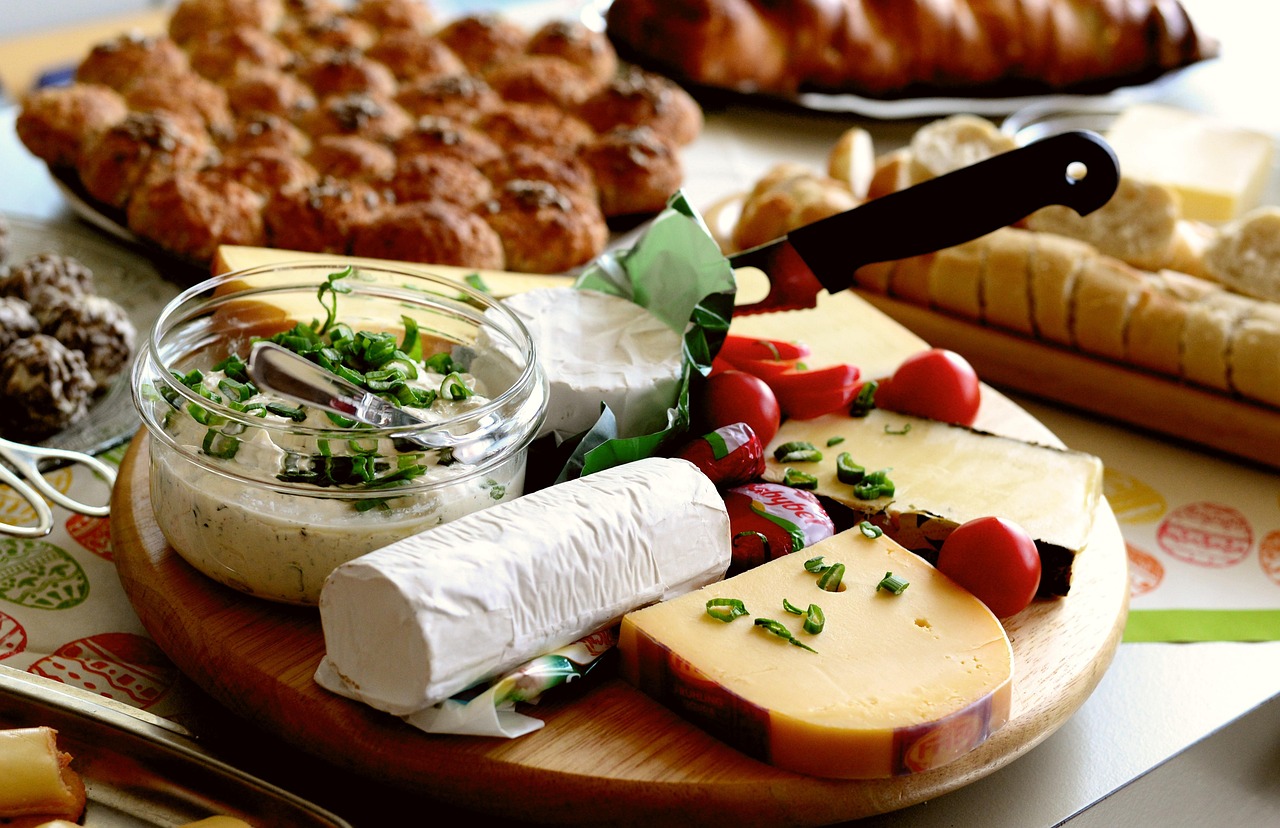
Students will learn about the Law of Conservation of Mass by exploring environmental factors that can impact protein coagulation in milk (cheese-making process). By making qualitative and quantitative observations they will test three possible methods of making curds and whey.
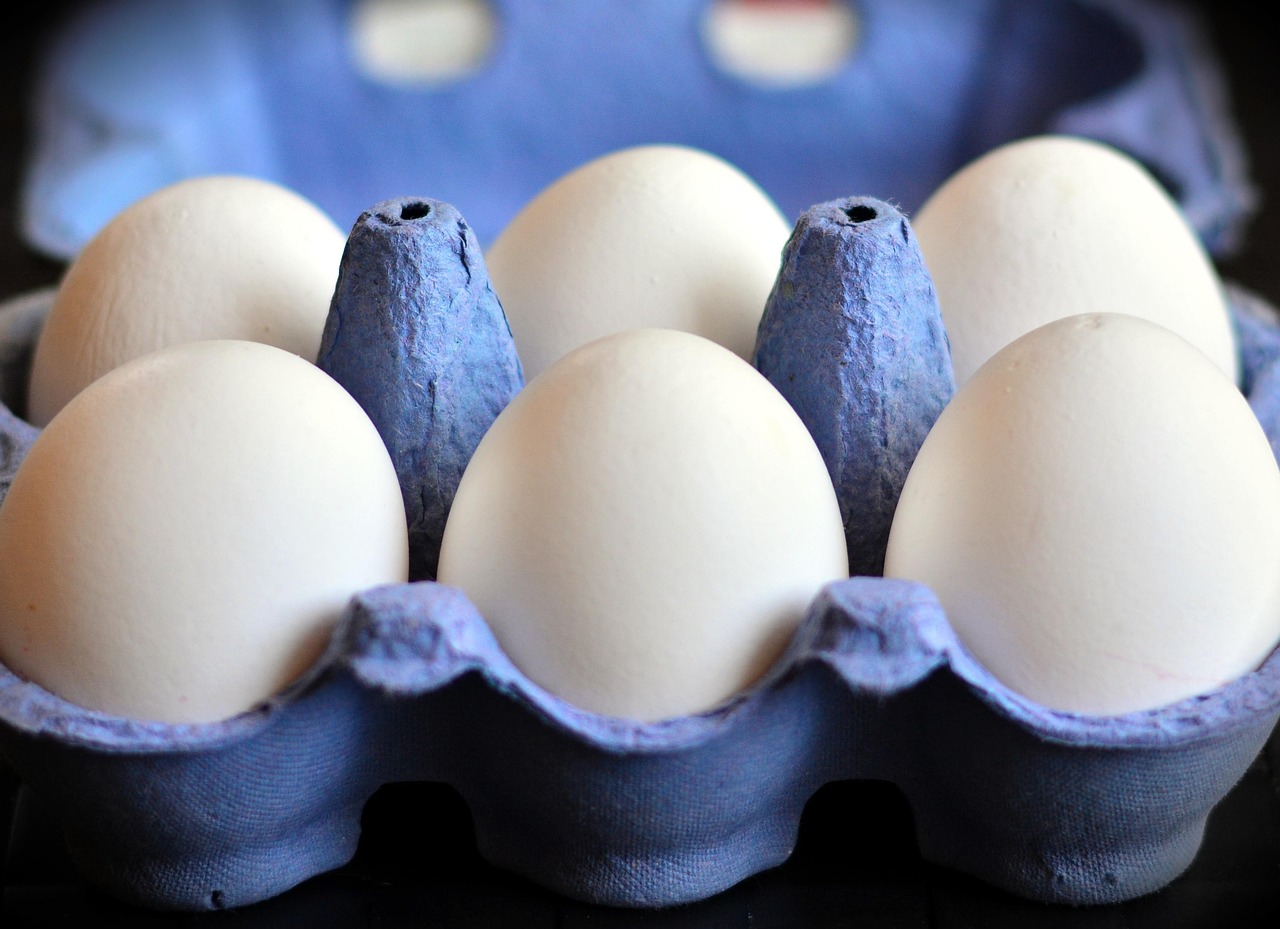
Students will learn the anatomy of eggs and the concept of forming colloidal dispersions called foams as they learn the anatomy of an egg, create a foam by whisking egg whites, investigate the effect of whisking time on foam, and compare and contrast the effect of different substances on the stability of foam.
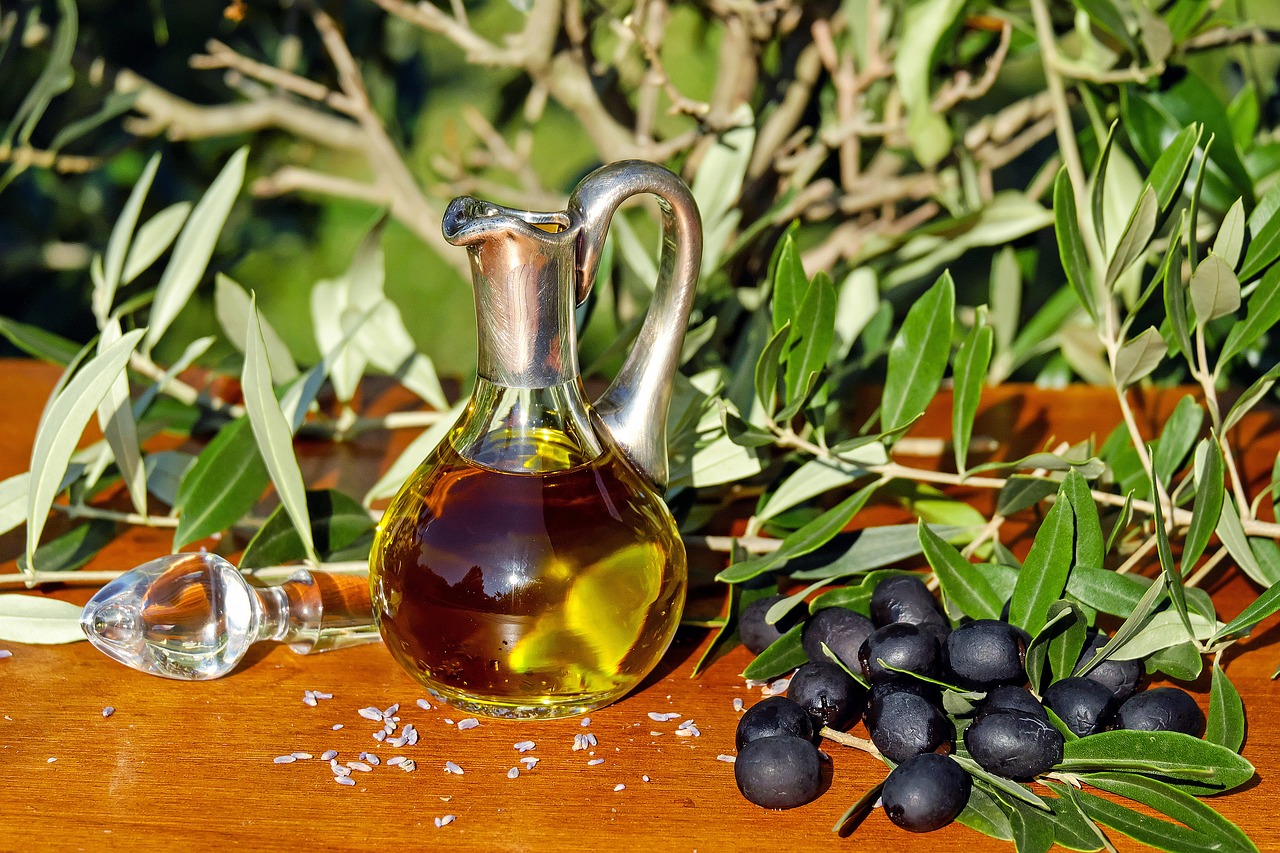
Students will explore the fat content of commonly consumed foods, observe physical properties of lipids (margarine, butter, and vegetable oil) to distinguish between saturated and unsaturated fat, and observe the action of emulsifiers in heterogeneous and homogenous mixtures.
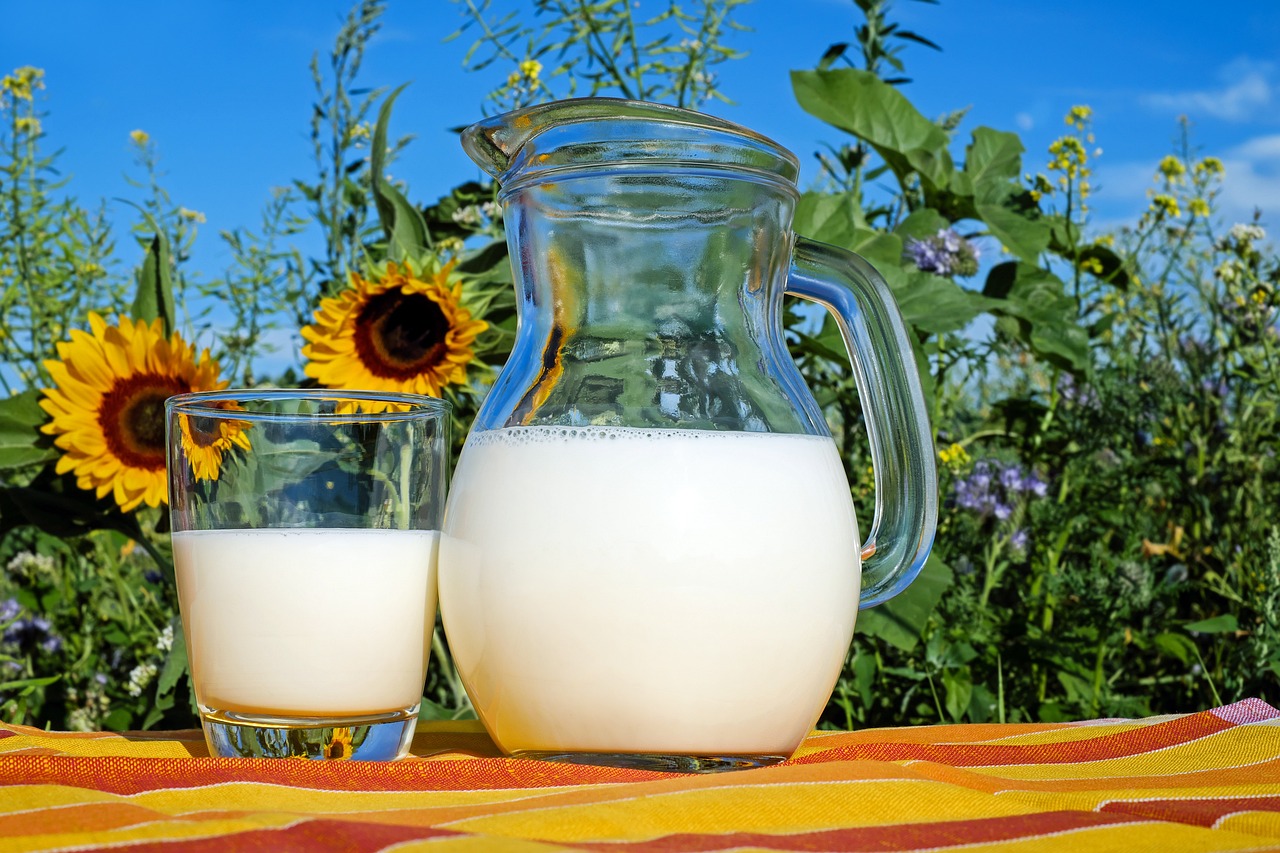
Students will understand the nutritional components of milk (carbohydrates) as they test three types of milk for the sugar glucose before and after adding the digestive enzyme lactase to determine which milk(s) contain the sugar lactose. They will also explore the nutritional composition and health benefits of consuming milk, research food sources of calcium, vitamin D, and phosphorus and devise ways to add bone-strengthening food to their diet.
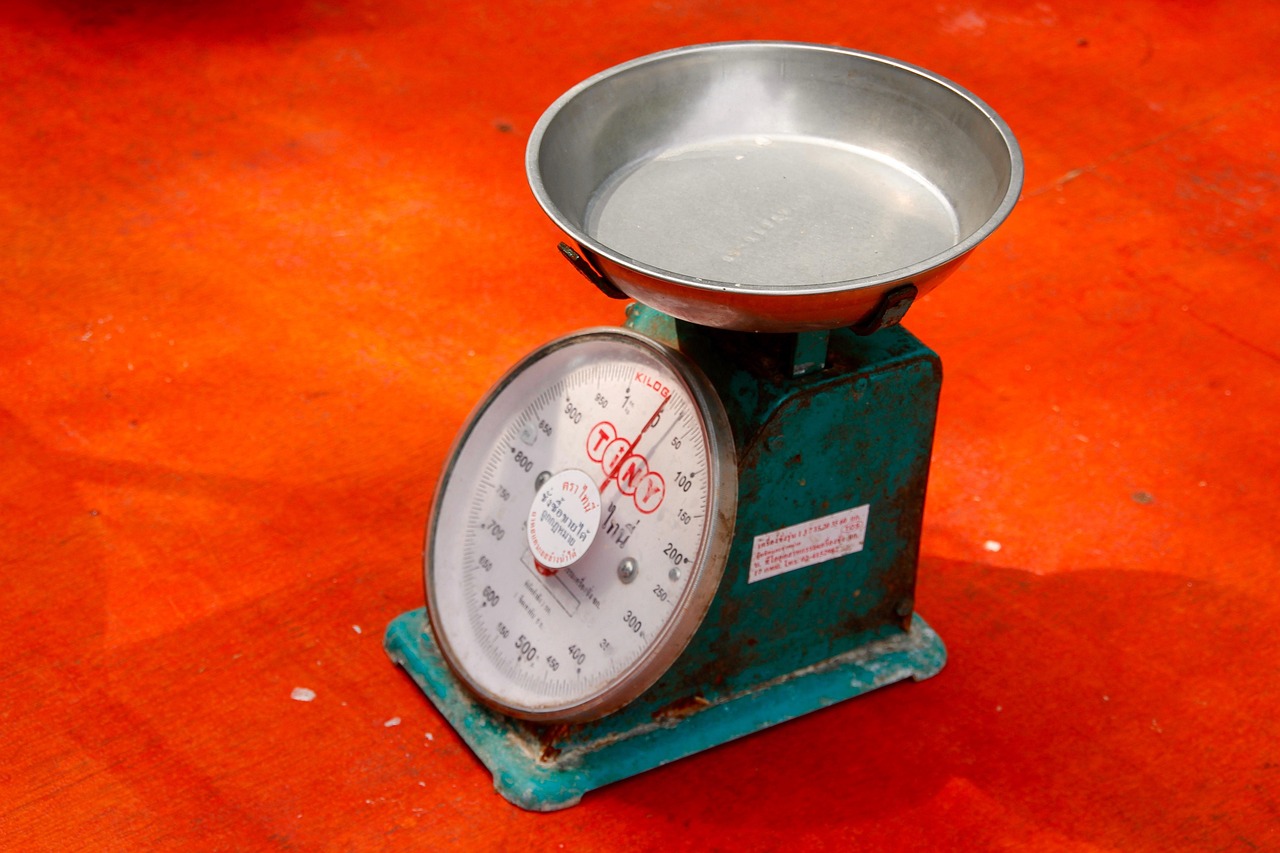
Students will use common household measurement tools and scientific measurement tools and various methods of measurement to compare for accuracy. Students will also calculate percent error by comparing their measurements to actual values and apply these principles to analyze and decipher the components of a food as indicated on the Nutrition Facts label.